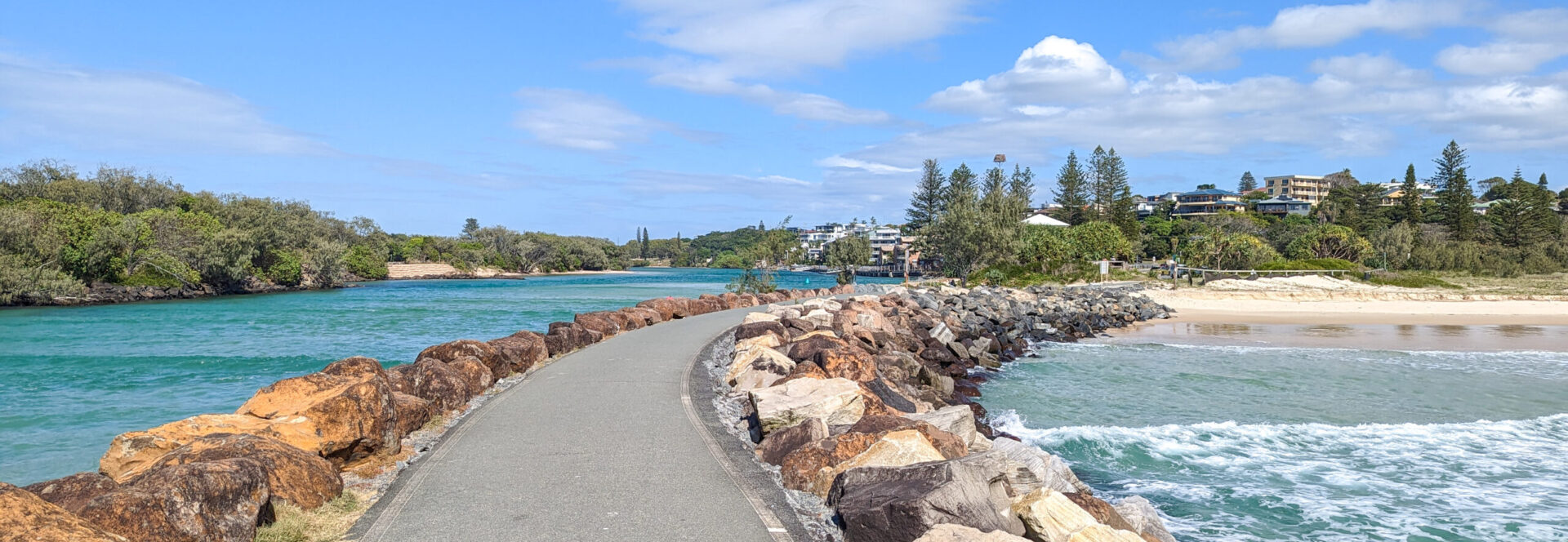Australia is home to some of the world’s most unique wildlife, among them is the Cape Barren Goose (Cereopsis novaehollandiae). Its distinctive appearance, unusual vocalizations and remarkable adaptations, this rare bird is a fascinating sight for birds and nature lovers. Found primarily on offshore islands along Australia’s southern coast, the Cape Barren Goose has an intriguing history and plays an essential role in its ecosystem.
Origins and Habitat
First documented by European explorers in the late 18th century on Cape Barren Island, this goose is native to Australia and thrives in coastal environments. It inhabits offshore islands, particularly in areas with open grasslands, tussock grass and low heathy scrub. These regions provide ideal conditions for grazing and nesting.
While they predominantly reside on islands such as Kangaroo Island and Phillip Island, small populations have been reintroduced to mainland Australia. Despite being one of the rarest geese in the world, conservation efforts have ensured their numbers remain stable.

Distinctive Appearance
The Cape Barren Goose is easily recognized by its pale grey plumage, adorned with dark spots on its wings. Its most striking feature is the bright greenish-yellow cere, the fleshy skin above its short black bill. These geese also have pink to red legs with black webbed feet, making them stand out among Australia’s waterfowl.
In flight, they display dark wingtips and a trailing edge along their wings, creating a distinctive contrast against their otherwise light grey feathers.
Behavior and Diet
Cape Barren Geese are primarily ground-dwelling birds and exceptional grazers. Their diet consists of native island grasses, including tussock grass (Poa poiformis), spear grass and other herbs. They also consume pasture grasses such as barley, clover and legumes, often venturing onto farmland to feed.
One of their most fascinating adaptations is their ability to drink salty or brackish water, an uncommon trait among geese. This allows them to inhabit remote offshore islands without relying on freshwater sources.
Breeding and Lifespan
These geese form lifelong monogamous pairs and are highly territorial during breeding season, which occurs from July to September. The male builds the nest, typically a shallow depression lined with down, hidden within grasslands or shrubs.
The female lays between four to seven eggs, which she incubates for about 35 days. Both parents take turns guarding and brooding the young. Once hatched, the goslings remain with their parents until they are old enough to fly.
In the wild, Cape Barren Geese can live up to 15 years, with their strong pair bonds lasting throughout their lives.

Conservation Status
In the early 20th century, Cape Barren Geese faced a sharp decline due to hunting and habitat destruction. By the 1950s, their population was dangerously low, sparking urgent conservation efforts.
Today, their numbers have recovered due to habitat protection and breeding programs. Though still considered vulnerable, they are no longer under immediate threat. However, continued conservation management is necessary to maintain stable populations.
Best Places to Spot Cape Barren Geese
If you’re keen on seeing Cape Barren Geese in the wild, here are some of the best locations:
Kangaroo Island, South Australia – A key habitat where these geese were introduced in the 1920s and 1930s. They are commonly seen in Flinders Chase National Park.
Phillip Island, Victoria – A prime location to spot Cape Barren Geese, particularly in open grasslands and coastal areas.
Hindmarsh Island, South Australia – From October to May, flocks of Cape Barren Geese graze in the pastures here, making for excellent viewing opportunities.
Fun Facts About the Cape Barren Goose
Unique Vocalizations – Unlike typical geese, Cape Barren Geese produce deep, pig-like grunts or honks. Males have a loud, harsh ‘ark, ark-ark’ call, while goslings emit reedy whistles.
Saline Adaptation – Their ability to drink salt or brackish water allows them to inhabit regions with limited freshwater, a rare trait among waterfowl.
Historic Population Decline – In the 1800s, Cape Barren Geese were heavily hunted for meat and eggs, leading to near-extinction.
Other Local Names: Also known as the Australian Barrengander (referring to its habitat) and Pig Goose (due to its distinctive grunting call, which sounds similar to a pig).
Spotting a Cape Barren Goose in the wild is an unforgettable experience. Their unique features, distinctive calls and fascinating behaviours make them a prized sighting for any avid birdwatcher.
Discover more from Ports In Paradise
Subscribe to get the latest posts sent to your email.



He’s beautiful. I love his little feet. Looks like he’s wearing little shoes. Hugs
Wow great catch!!